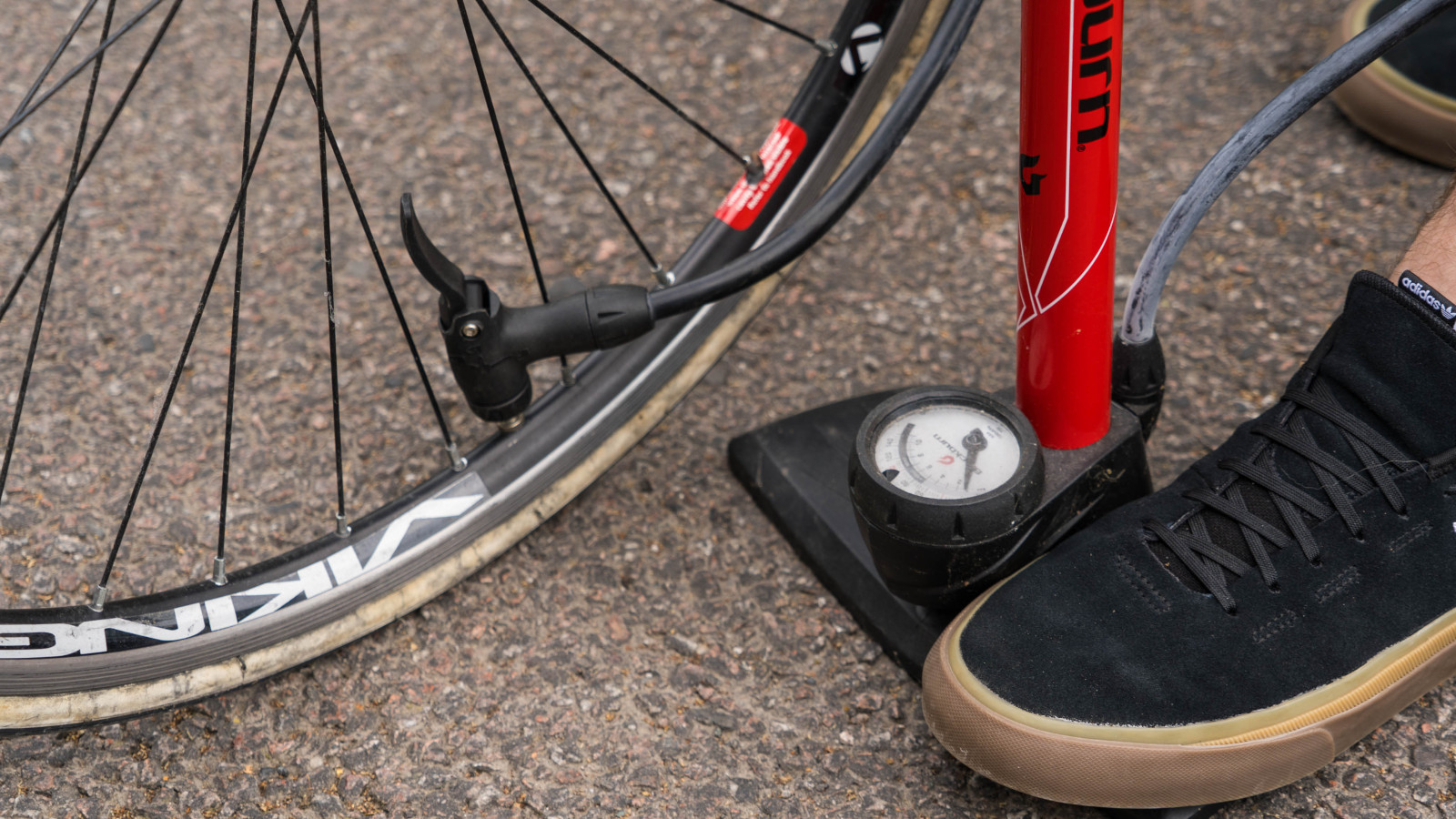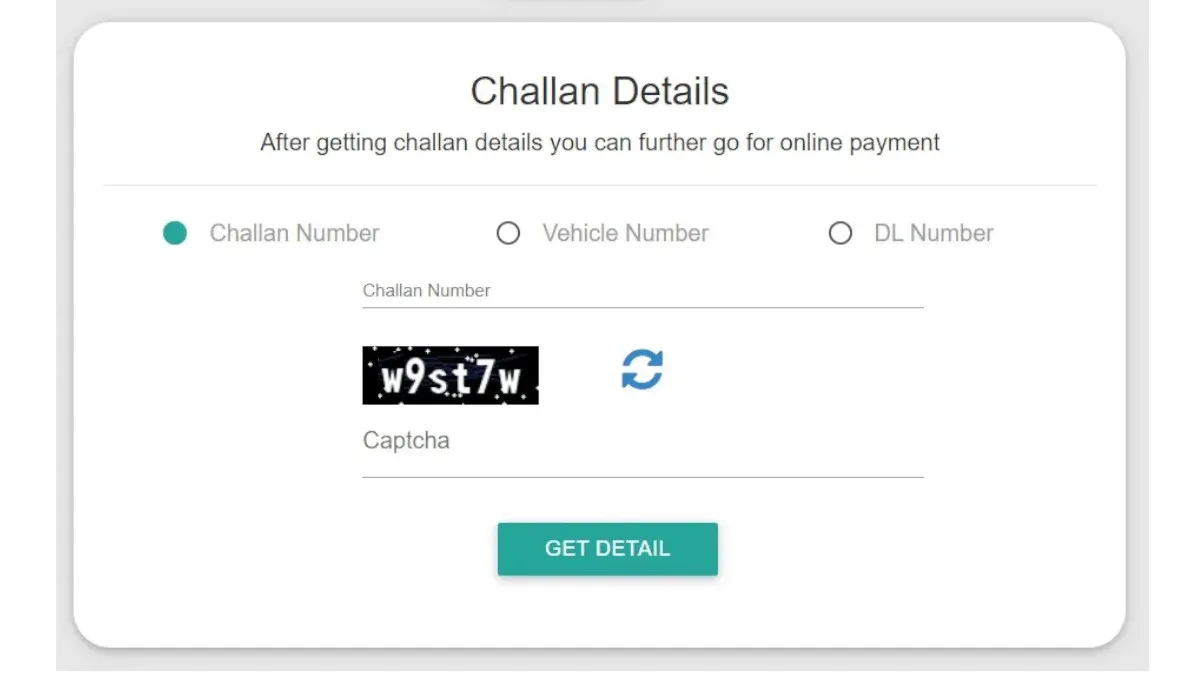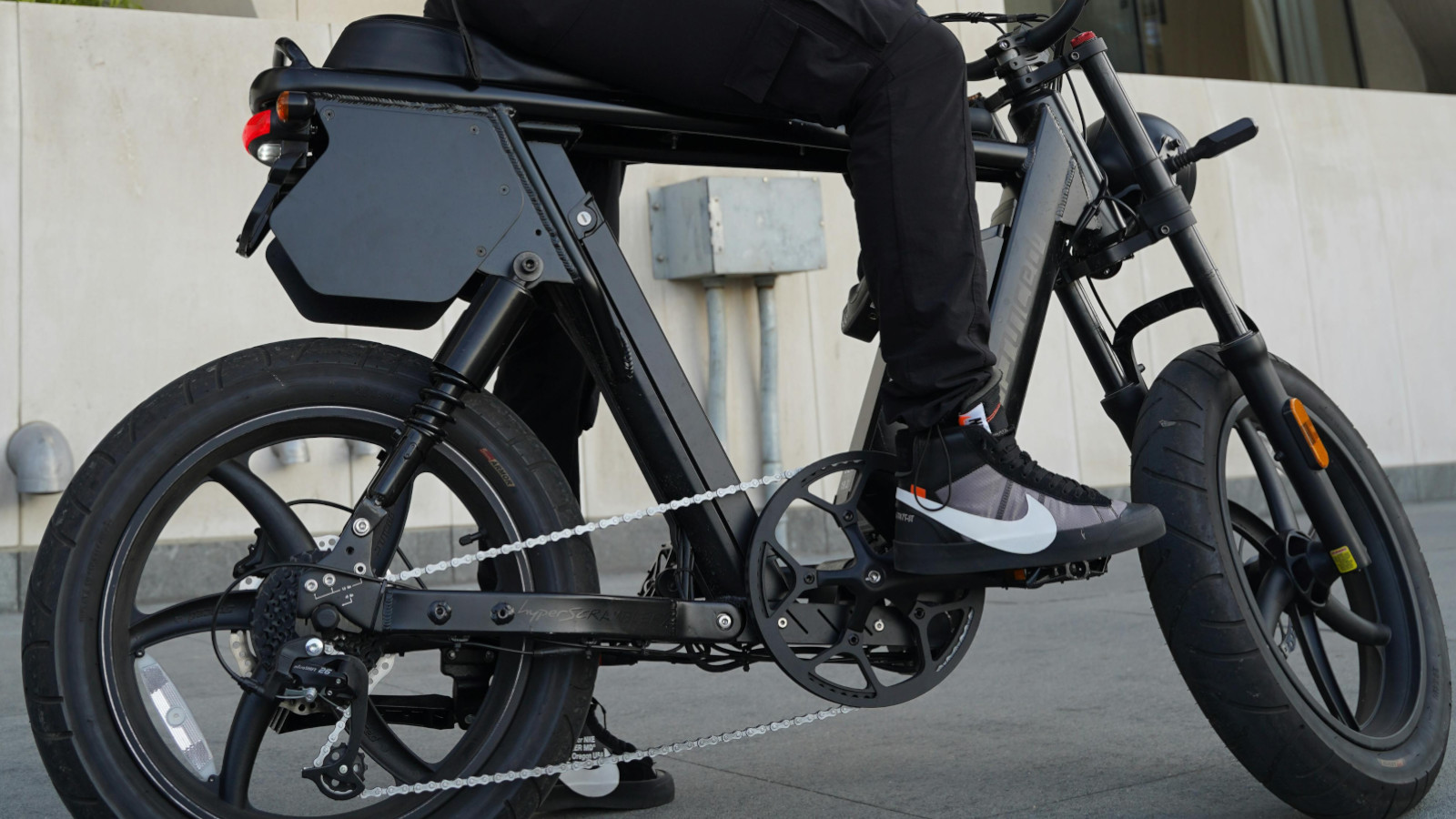Bicycling is an eco-friendly, cost-effective, and healthy mode of transportation and recreation. Whether you’re an avid cyclist or just enjoy a leisurely ride through the park, one thing remains crucial: maintaining proper tire pressure. In this guide, we will explore the importance of checking your bicycle’s tire pressure and the steps to do it correctly.
Why Checking Tire Pressure on a Bicycle is Important
Maintaining the right tire pressure offers several benefits. It enhances your safety while riding, improves the bike’s performance, and extends the life of your tires. Properly inflated tires are less likely to go flat and provide better traction, making your ride smoother and more enjoyable.
Tools Needed for the Job
Before you begin, gather the necessary tools:
- A bicycle tire pump with a pressure gauge
- A tire pressure gauge (if not included with the pump)
- A valve cap removal tool (optional)
Step 1: Prepare Your Bicycle
Start by ensuring your bicycle is stable and secure. You can place it on a bike stand or flip it upside down, resting it on the handlebars and saddle.
Step 2: Locate the Valve
Every bicycle tire has a valve for adding or releasing air. Most commonly, you will find either a Schrader or Presta valve. Schrader valves are the same as those on a car tire, while Presta valves are narrower and require a separate screw cap to open.
Step 3: Use a Pressure Gauge
Unscrew the valve cap and use the pressure gauge to check the current tire pressure. The recommended pressure is usually imprinted on the tire’s sidewall or mentioned in your bike’s manual.
Step 4: Inflate or Deflate the Tire
If the pressure is below the recommended level, use the bicycle tire pump to inflate the tire. Be cautious not to overinflate, as this can lead to a blowout. If the pressure is too high, release some air using the gauge or a separate tool.
Step 5: Double-Check the Pressure
After adding or releasing air, recheck the tire pressure to ensure it matches the recommended level. It’s important to be as precise as possible.
How Often Should You Check Your Bicycle Tire Pressure?
Regular maintenance is essential. Check your tire pressure at least once a week or before every ride. Changes in temperature and riding conditions can lead to fluctuations in pressure.
Tips for Maintaining Optimal Tire Pressure
- Keep your tires inflated within the recommended range.
- Consider investing in a quality pump with an integrated gauge.
- Use a valve cap to keep dirt and debris out of the valve, preventing air loss.
Signs of Improper Tire Pressure
Riding with improper tire pressure can lead to various issues. Look out for signs like:
- Frequent flats
- Reduced traction
- Excessive wear on the tires
- Difficulty in handling and maneuvering
The Impact of Tire Pressure on Riding Experience
The tire pressure directly affects your riding experience. Low pressure results in sluggish and unstable rides, while overinflated tires can lead to a bumpy and uncomfortable journey. Maintaining the right pressure ensures a smoother, safer, and more enjoyable ride.
Checking and maintaining your bicycle’s tire pressure is a simple yet vital aspect of bike ownership. It ensures your safety, extends the life of your tires, and improves the overall riding experience. Make it a habit to monitor your tire pressure regularly, and you’ll enjoy many trouble-free rides in the future.
Discover more from Wheels Craze - Automotive News, EV News, Car News, Bike News
Subscribe to get the latest posts sent to your email.





